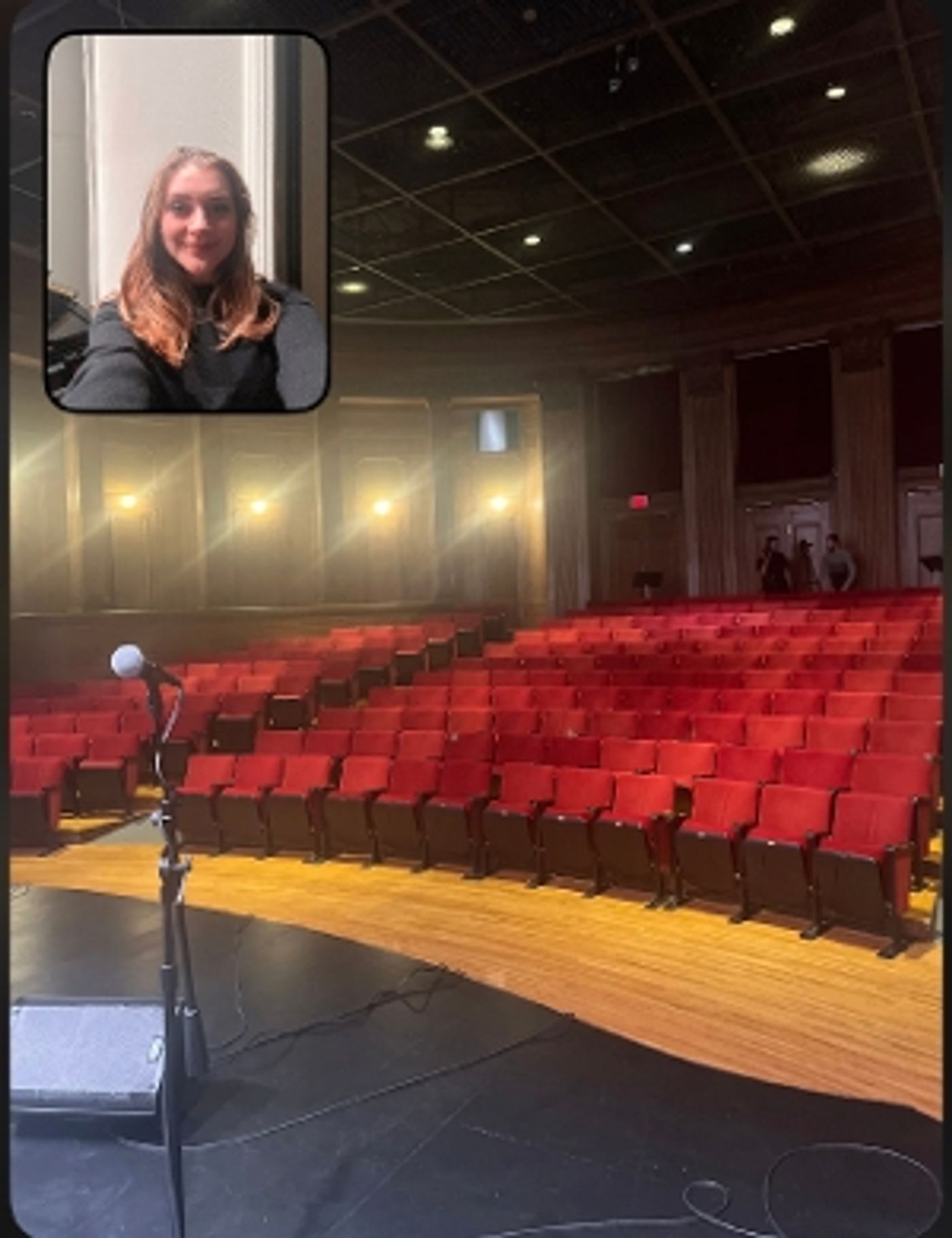Student Blog: Sight Reading with a Time Crunch
Here's my guide to making sight reading a little less scary.

We have all had a performance coming up when some catastrophe happens. Someone gets sick. Someone doesn't show up on time. Someone is in the middle of their tap solo in Singin' In the Rain when they slip off the wet platform into the wings and their skirt flies up and they land on their butt and hit their head and everyone thinks they're concussed-
Wait. Just me?
The fact is: things happen. Someone may not be able to do their part and you may need to step in. That is the joy and horror of live productions. This happened during my last jazz performance, one of our altos couldn't make it to the concert and I had to learn their part.
If you are a typical music student, you may think that sight-reading is unimportant or trivial. However, we ALL need to learn how to sight-read. Here are my tips and tricks for sight-reading when you don't have that much time.
Listen to Your Part
This may seem like a given, but it's important. Listening to a recording or sitting at a piano to hash out your notes helps you have some idea of how you fit into the other parts in the choir. You'll find that the more you listen, the more you know where you're supposed to be.
Figure out that Note
There's always a pesky harmony that you can't quite figure out. It clashes with other notes so you automatically think you're wrong. First of all, have a little faith in yourself. Second of all, if you can read music, go through the song to see if there are any other parts with that note that you can sing confidently. Think of that other easy note while approaching this "hard" one. Think of how they have the same note, this will remind you if you are on the correct pitch and make it a little less daunting.
Sing Against Other Parts
Last, but certainly not least, sing against other parts. Not only is it fun to hear what your group sounds like, but it also helps you to know how your part fits into the group. When you're first learning the song, sing your part in your head or quietly to yourself while going through vocal parts. That way, you're not in the dark when you put all of the vocal parts together.
Trust Yourself
As always, trust yourself. You are actively learning and creating something great with a group of people. It's okay to make mistakes, it's a learning process. Don't be too hard on yourself and know that you are doing your best. Good luck for your next performance!

Videos


